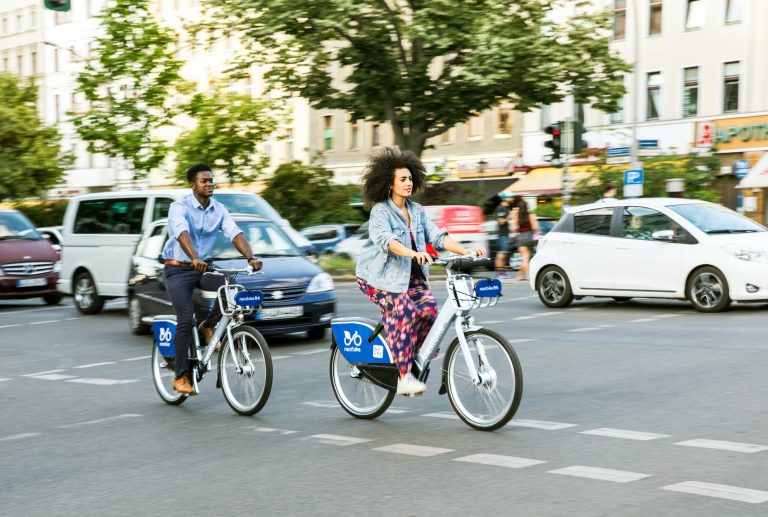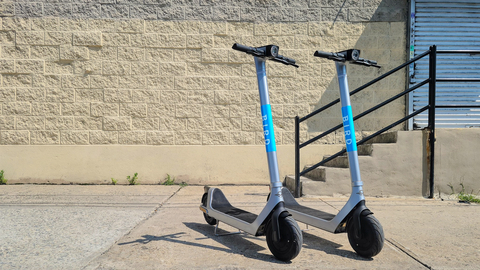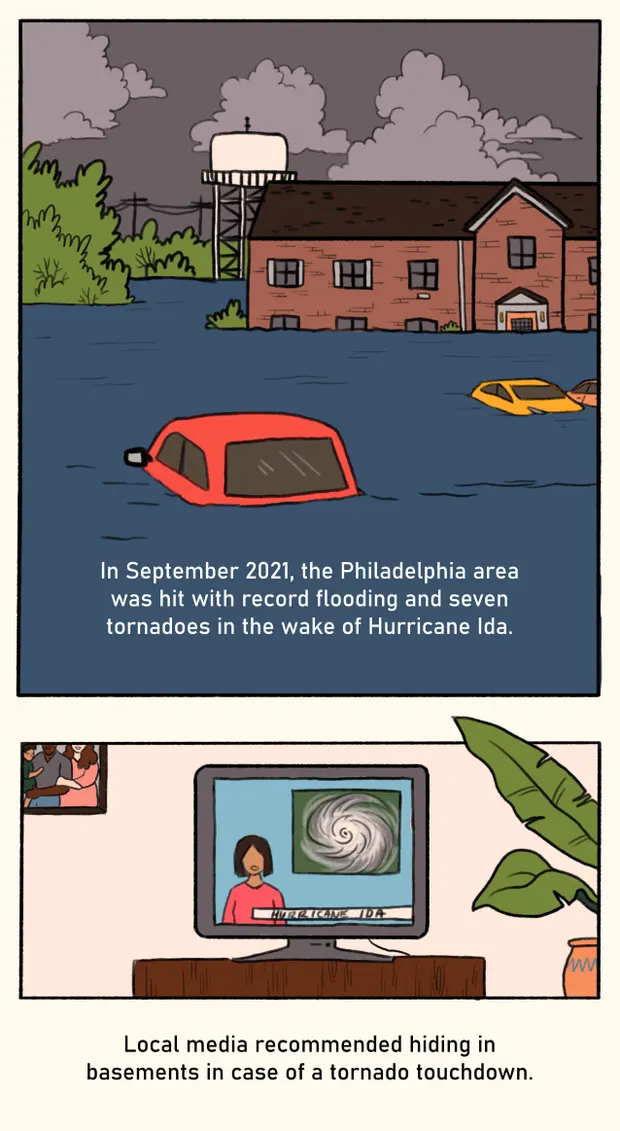
To deliver on its Green Deal and become climate neutral by 2050, the European Union must reduce transport-related greenhouse gas emissions by 90%. This is a colossal challenge. Transport is one of the few sectors in which emissions are higher today than in 1990 and despite mitigation efforts they are still rising. Cities are crucial to achieving this ambitious goal, as they account for 40% of total road transport in the EU. But cities are not just major emitters; local governments and urban stakeholders are also driving the transition to sustainable mobility through urban experimentation and innovation and new multistakeholder partnerships.
The COVID-19 crisis has demonstrated that dramatic changes in urban transport can be achieved if the political will exists. The need to create safe, socially distanced transport and to recover public space for citizens gave a boost to the mobility transition in many European cities. However, the tactical measures rolled out have often been temporary or stand-alone initiatives that are not integrated into longer-term mobility transition pathways. What is more, the speed of change during the pandemic and the environmental urgency to transition to low-carbon mobility have meant too little attention has been given to concerns over justice.
This volume explores how cities across Europe can develop more robust and socially just long-term mobility plans, enabling them to effectively contribute to the EU’s intermediate climate goal of reducing emissions by 55% by 2030 and its 2050 net-zero target. It examines both opportunities for accelerating change – from policy reforms to urban interventions, multi-stakeholder partnerships and social economy innovations – as well as barriers to long-term planning and transformation – from public acceptance to political, financial, legal and technical limitations.
+INFO: CIDOB
+IMAGE: CIDOB























